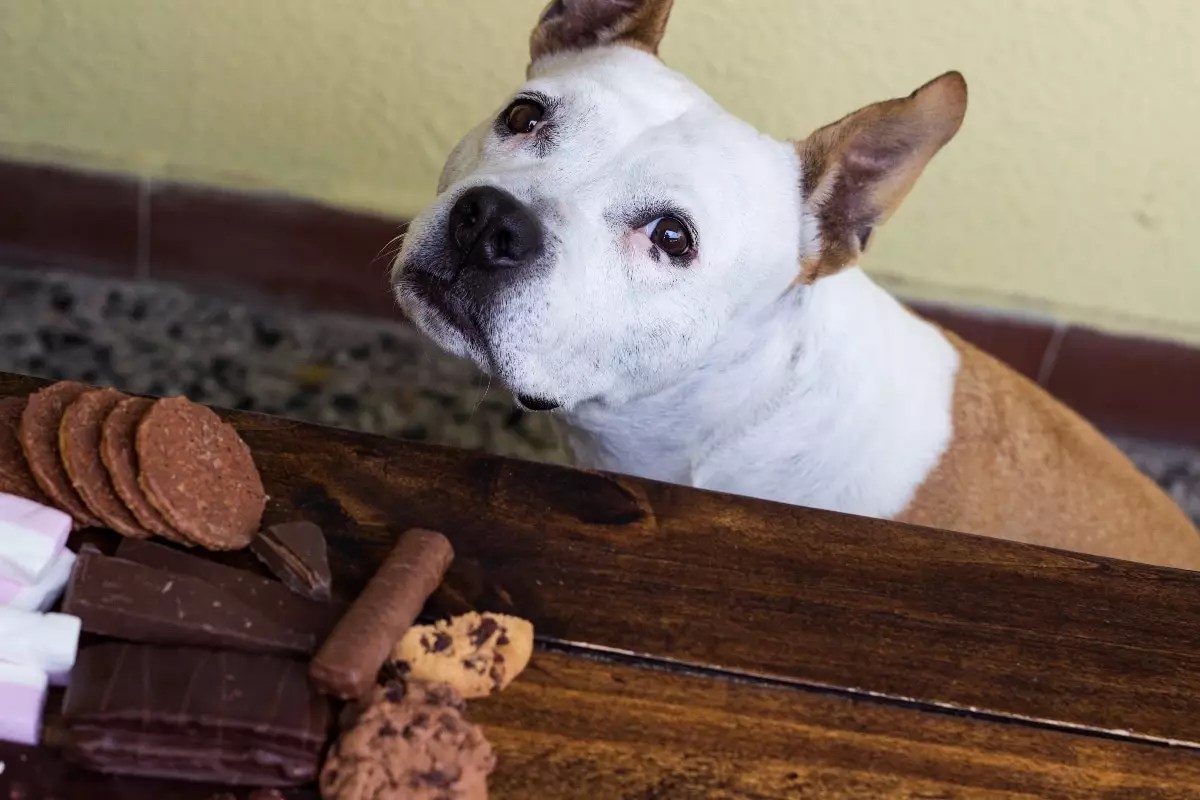Every holiday season, as brightly wrapped candies and tempting chocolates appear in homes, a silent peril lurks for our beloved dogs. While humans savor their treats, our furry friends often eye those colorful bags with eager curiosity. This curiosity can lead to dangerous situations, especially when chocolate is involved. It’s not merely a matter of a dog stealing a sweet—it’s about the severity of the toxic components hidden within chocolate that can jeopardize their health and even their lives. From personal experience and accumulated veterinary knowledge, I’ve observed numerous instances where the chocolate’s allure causes urgent crises, emphasizing the importance of vigilance and preparedness.
What makes chocolate particularly hazardous is its chemical composition, primarily the presence of theobromine and caffeine—two substances that are harmless or minimally harmful to humans but deadly for dogs. This difference in susceptibility stems from the canine metabolism’s inability to efficiently process these compounds. As a dog owner or caregiver, understanding the varying toxicity levels based on the type of chocolate can make the difference between a quick intervention and a tragic outcome. Milk and white chocolates are less dangerous, but even small amounts can trigger vomiting or hyperactivity. Dark chocolate and baker’s chocolate, with significantly higher levels of theobromine, pose a far greater risk. The higher the concentration, the more immediate and severe the symptoms.
Recognizing the Signs and Acting Swiftly
Recognized symptoms of chocolate poisoning in dogs include vomiting, diarrhea, restlessness, rapid breathing, increased heart rate, tremors, and in some cases, seizures. In many instances, owners don’t realize the danger until their pet exhibits distress. Unfortunately, the window for effective treatment is narrow; the sooner a dog receives medical attention, the better its chances of recovery. The critical role of my practice and many veterinary professionals is to educate owners to act promptly—before the toxic effects set in. When suspicion arises that a dog has ingested chocolate, calculating how much could have been consumed relative to the dog’s size and the type of chocolate consumed is essential.
In an emergency, inducing vomiting can sometimes be an effective first step if the ingestion was recent. However, this is not always appropriate, and consulting a veterinary professional is imperative. The goal is to prevent absorption of the toxin entirely or mitigate its effects. I recall a case involving a small Westie, where quick action and induced vomiting prevented a much worse outcome. The sight of the pet’s vomit—a mixture of melted chocolate and pinkish-yellow streaks—was unmistakable. Such memories underscore how vital it is to keep a cool head and seek immediate veterinary advice.
Prevention is the Best Strategy
Prevention isn’t merely about keeping chocolate out of reach; it’s about creating a environment where hazards are minimized. Never underestimate a motivated canine’s resourcefulness—climbing onto counters or pulling open cabinets is more common than many realize. Owners must be proactive. Items like candy, baking ingredients, or snack wrappers should be stored securely, out of paws and noses. What’s more, many dogs are experts at watching us and waiting for the perfect moment to snag a treat.
To cultivate a safer home, consider equipping yourself with veterinary-grade detoxifiers such as ReadyRESCUE. These products can buy precious time if an accidental ingestion occurs, allowing you to rush your pet to the emergency veterinarian with as little delay as possible. While not a substitute for professional care, such detoxifiers can be a vital component of pet safety, particularly during seasons laden with treats and sweets. Remember, the effort to prevent ingestion is always more manageable and less costly—physically and financially—than dealing with the consequences of chocolate poisoning.
Empowering Pet Owners Through Knowledge and Preparedness
As I reflect on my years in veterinary medicine, the recurring theme is clear: awareness and preparedness can be life-saving. Educating pet owners about the potency of substances like theobromine and caffeine transforms them from passive consumers into active guardians. It’s crucial to be vigilant, to keep potential toxins well out of reach, and to have emergency protocols in place. A responsible approach involves recognizing symptoms early, acting swiftly, and never dismissing even small amounts of chocolate as harmless.
Ultimately, the safety of our dogs rests on our ability to understand their vulnerabilities and prioritize their well-being. While those colorful chocolates may seem like innocent treats, their hidden dangers demand our respect and caution. By staying alert, equipped, and proactive, we can ensure our pets remain safe and healthy during the festivities—because missing out on treats shouldn’t mean risking their lives.

